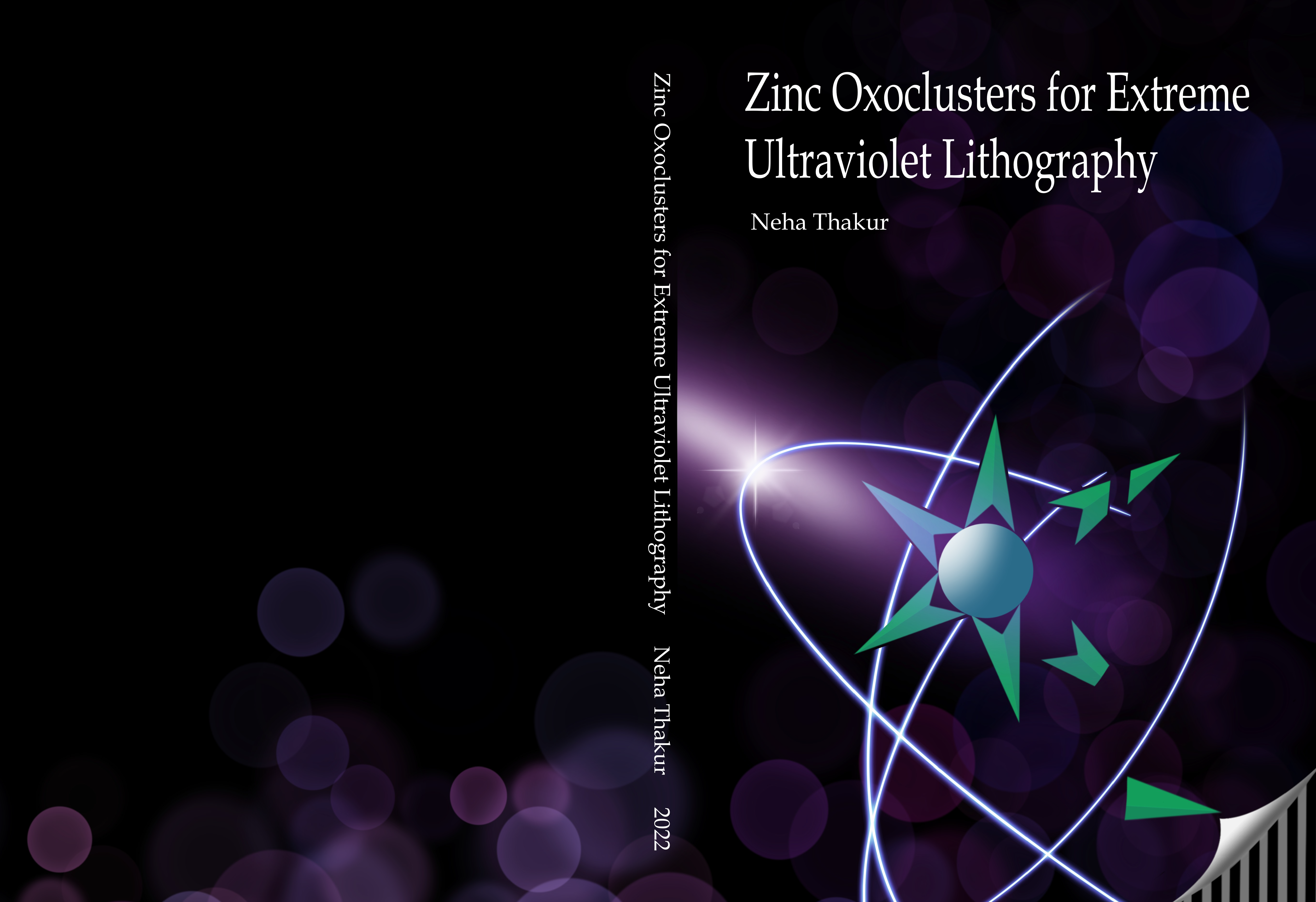Zinc Oxoclusters for Extreme Ultraviolet Lithography
Behind every electronic device, from computers, mobile phones to self-driving cars, there are hidden tiny complex systems embedded on a small chip. Today these integrated circuits are built at nanometer scale using photolithography. This involves transfer of 3D geometric patterns from a mask onto a thin film of a light-sensitive material, known as photoresist, by exposure to photons. Since the pattern dimensions (density and size) to be fabricated depend substantially on the wavelength of light and material (photoresist), the most important trend in photolithography has been the shortening of the wavelength of the used light. Extreme ultraviolet lithography (EUV) at 13.5 nm is the cutting-edge technology to pattern features below 20 nm. But EUV advancements currently relies heavily on the development of suitable photoresists and hybrid inorganic/organic molecular materials have emerged as potential candidates for EUV lithography. However, the fundamental understanding of EUV photoresists is very limited. This thesis aims to investigate the EUV lithography performance of Zinc based metal oxoclusters (MOCs) featuring different organic ligands and provides pertinent mechanistic insights into the EUV-induced chemistry in the Zn-MOCs using combination of spectroscopy techniques.









